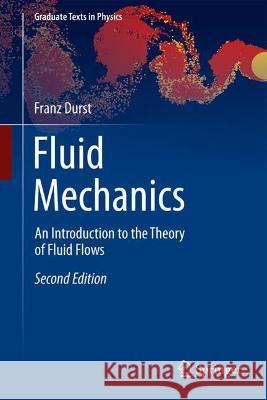Fluid Mechanics: An Introduction to the Theory of Fluid Flows » książka
topmenu
Fluid Mechanics: An Introduction to the Theory of Fluid Flows
ISBN-13: 9783662639139 / Angielski / Twarda / 2022 / 730 str.
Kategorie BISAC:
Wydawca:
Springer
Seria wydawnicza:
Język:
Angielski
ISBN-13:
9783662639139
Rok wydania:
2022
Wydanie:
2021
Numer serii:
000394232
Ilość stron:
730
Oprawa:
Twarda
Wolumenów:
01
Dodatkowe informacje:
Wydanie ilustrowane











